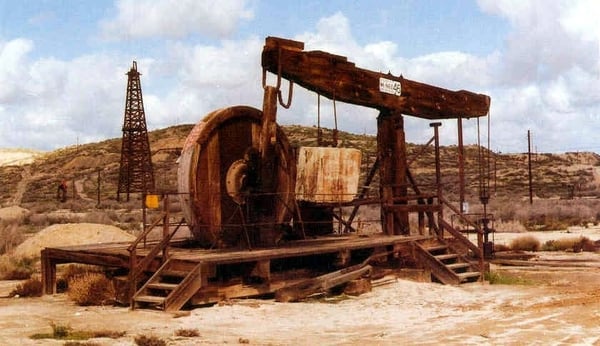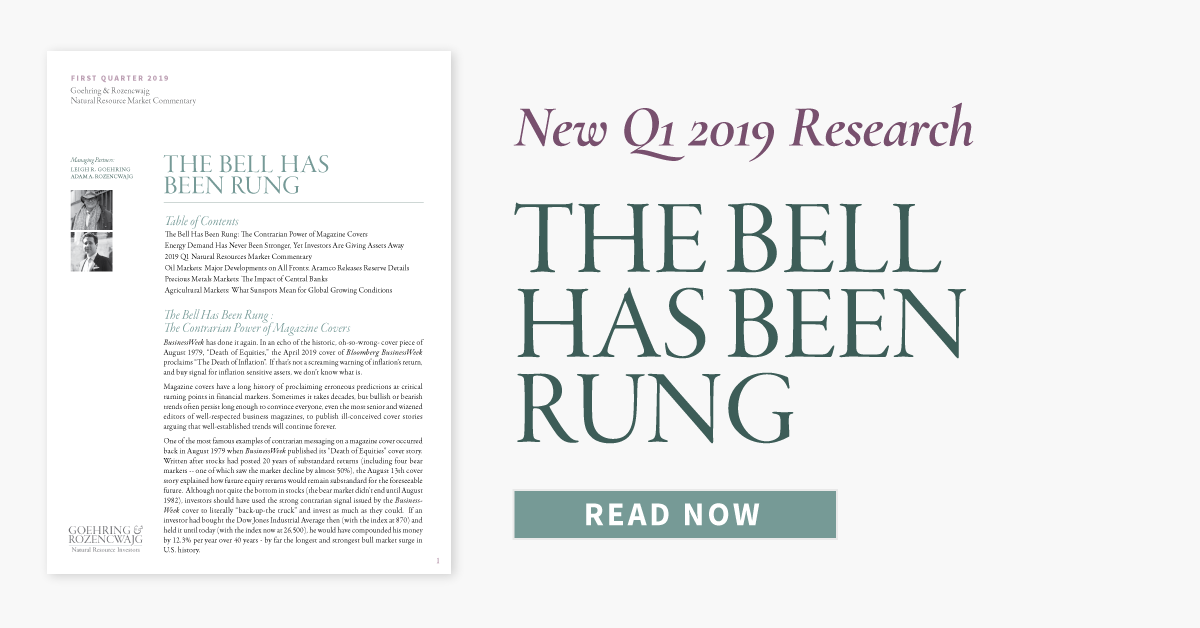“According to the IEA, non-OPEC production outside of the U.S. and Russia peaked in June 2018 at 32.8 mm b/d and has since declined by 800,000 b/d.”
 Image Source: sjvgeology.org
Image Source: sjvgeology.org
The dearth of conventional oil discoveries over the last two decades has now started to seriously impact supply. Over the years we have written at length how slowing conventional non-OPEC supply would surprise market watchers as soon as this year. As we first reported back in Q4 of 2017, large conventional oil discoveries have become more and more elusive. Conventional discoveries have lagged production by 170 bn bbl over the past six years, leaving the non-OPEC world susceptible to a more pronounced production shortfall. While “Hubbert’s Peak” is widely viewed as debunked, due to the U.S. shale plays, conventional oil production in the rest of non-OPEC has actually been declining for the past decade. In the spring of 2018, we stated that conventional non-OPEC crude production had declined by 175,000 b/d on average each year between 2010 and 2018 and that these declines were set to accelerate. We explained how both the size and number of new conventional projects would slow in 2019, making it difficult for conventional non-OPEC production to offset its base decline rate.
The world is still extremely dependent on conventional non-OPEC production, so any sharp decline would have a huge impact on global balances. Over the last six months, we believe we have seen the beginning of such a decline. According to the IEA, non-OPEC production outside of the U.S. and Russia peaked in June 2018 at 32.8 mm b/d and has since declined by 800,000 b/d. (Russia did boost production in 2018 but has since announced that they will curtail supply and so is not a likely source of growth in the near-term.)
This decline rate is five times more severe than the average over the last eight years and comes at precisely the same time as surging demand. Despite the importance of slowing conventional non-OPEC supply, we have not seen many reports referencing it. One of the only executives we have heard sound the alarm is Schlumberger’s CEO, Paul Kibsgaard, who confirmed in his most recent quarterly conference call that non-OPEC production outside of the U.S. was slowing dramatically.
Conventional non-OPEC production represents 35% of global oil supply and is now facing substantial challenges after decades of lackluster exploration success. We have warned about this for many years and it is now coming through in the data.
This blog contains excerpts of our in-depth commentary, The Bell Has Been Rung. If you are interested in this subject, we encourage you to download the full commentary here.


